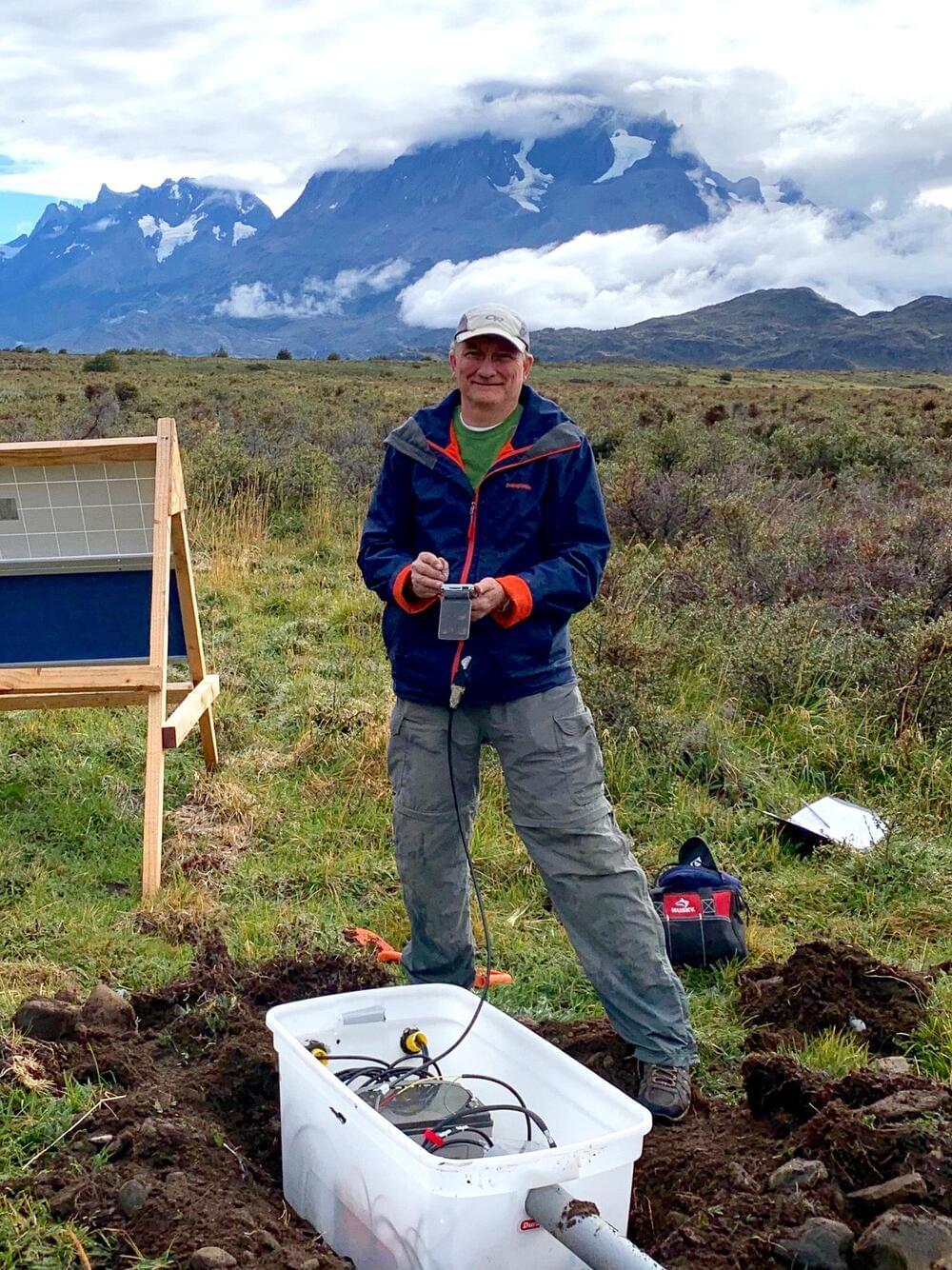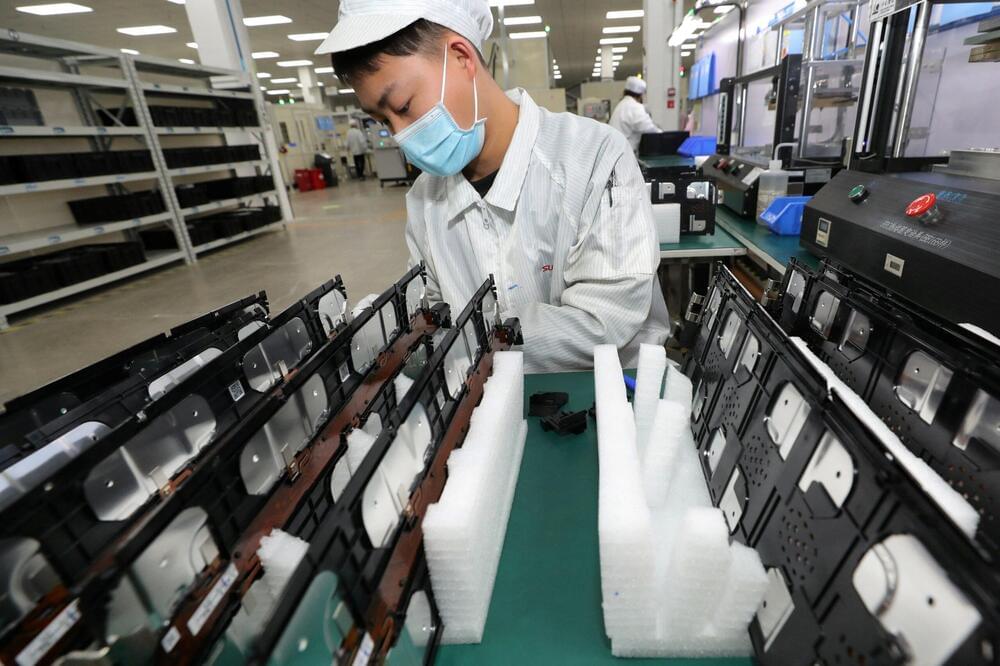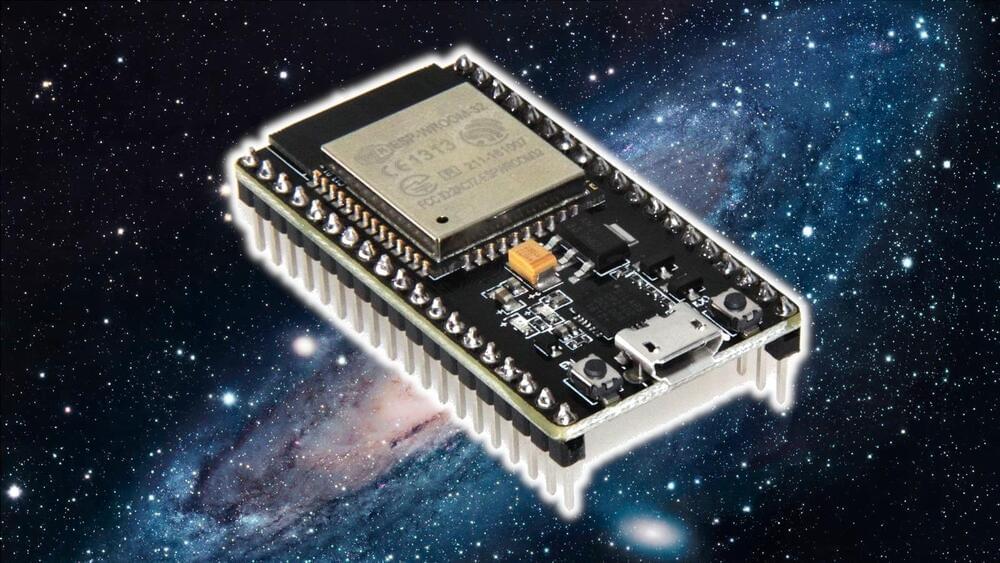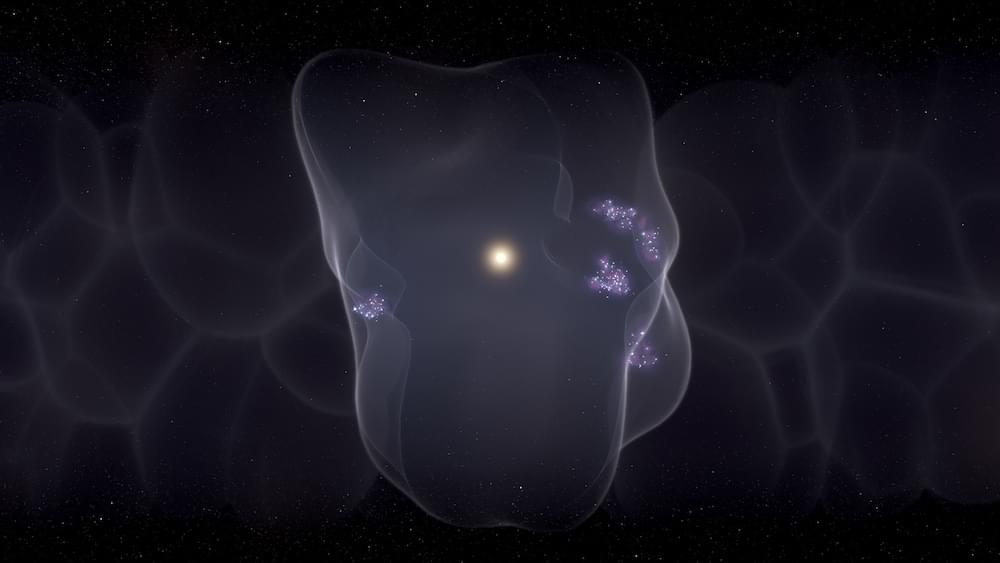The icefields that stretch for hundreds of miles atop the Andes mountain range in Chile and Argentina are melting at some of the fastest rates on the planet. The ground that was beneath this ice is also shifting and rising as these glaciers disappear. Geologists have discovered a link between recent ice mass loss, rapid rock uplift and a gap between tectonic plates that underlie Patagonia.
Scientists at Washington University in St. Louis, led by seismologist Douglas Wiens, the Robert S. Brookings Distinguished Professor in Arts & Sciences, recently completed one of the first seismic studies of the Patagonian Andes. In a new publication in the journal Geophysical Research Letters, they describe and map out local subsurface dynamics.
“Variations in the size of glaciers, as they grow and shrink, combined with the mantle structure that we’ve imaged in this study are driving rapid and spatially variable uplift in this region,” said Hannah Mark, a former Steve Fossett postdoctoral fellow in earth and planetary sciences at Washington University, the first author of the publication. Mark is now a postdoctoral investigator at the Woods Hole Oceanographic Institution.









